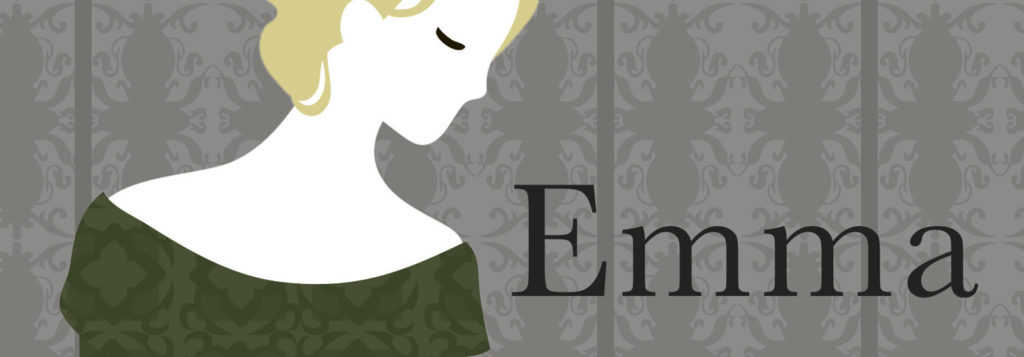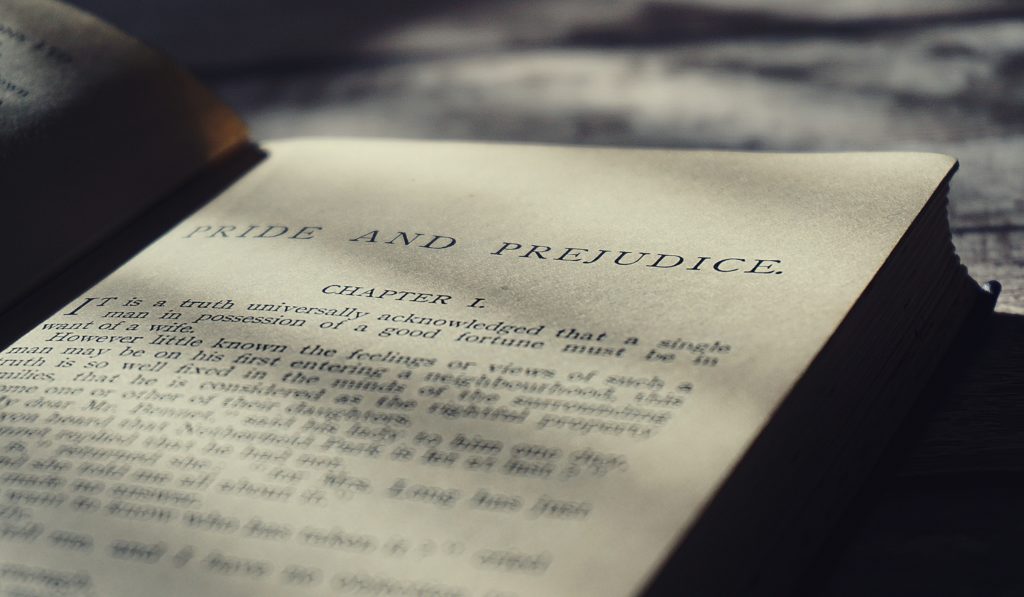Artemis Fowl, The Boy in the Striped Pyjamas and Emma Activities
Penguin Readers recently published 20 books which include a range of popular classics through to contemporary novels and fascinating non-fiction. We’ve compiled some new ESL activities from some of these books: Artemis Fowl, The Boy in the Striped Pyjamas and Emma, for you to use in classrooms or even virtually.
Artemis Fowl (Level 4)
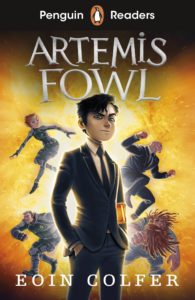
Activity 1: Adjectives
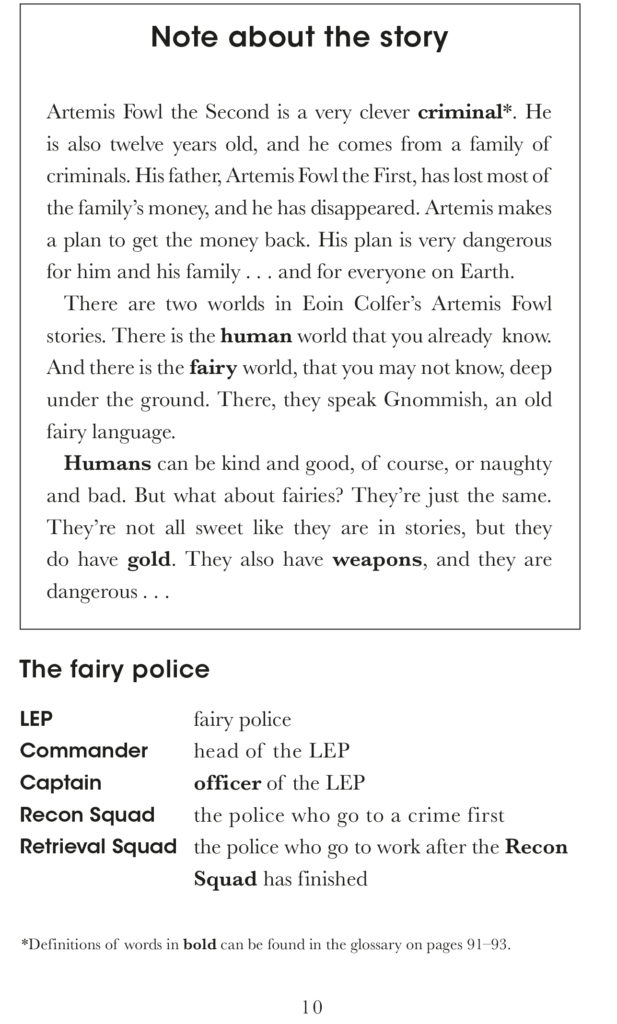 Encourage learners to read through the note above and identify all of the adjectives. Then, students can work in pairs or small groups and categorise the adjectives into two columns: positive adjectives and negative adjectives. Once learners have categorised all of the adjectives, see how much prior knowledge the students have of each one by putting them asking them to put the adjectives into suitable contexts.
Encourage learners to read through the note above and identify all of the adjectives. Then, students can work in pairs or small groups and categorise the adjectives into two columns: positive adjectives and negative adjectives. Once learners have categorised all of the adjectives, see how much prior knowledge the students have of each one by putting them asking them to put the adjectives into suitable contexts.
| Positive adjectives | Negative adjectives |
| Clever | Dangerous |
| Kind | Naughty |
| Good | Bad |
| Sweet |
Activity 2: The Book of the Fairies
Read through the Book of the Fairies. Ask students to work in pairs and small groups and come up with their own list of Fairies Laws. Discuss and compare the different laws from each group.
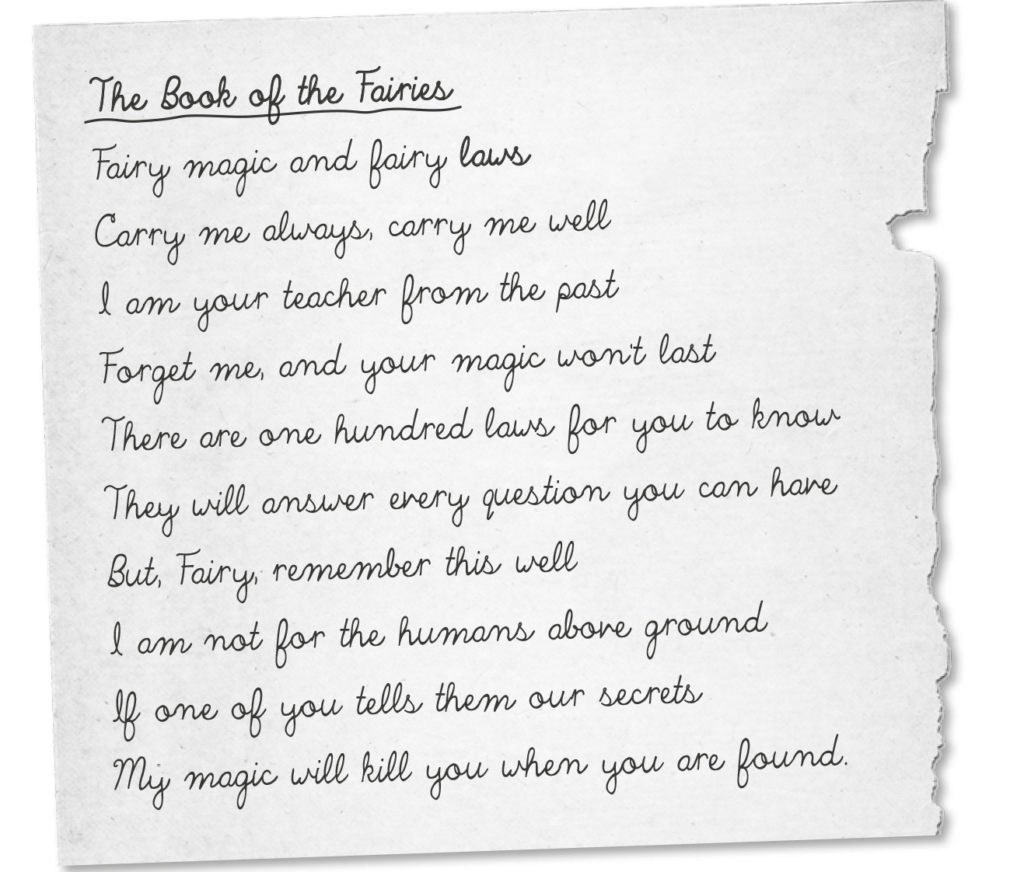
Activity 3: Hashtags

How many hashtags can you think of to describe the creature in the picture? Now think about Holly, the girl in the picture. How many hashtags can you think of to describe how she is feeling?
The Boy in the Striped Pyjamas (Level 4)
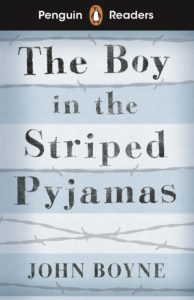
Activity 1: Introductions and role plays
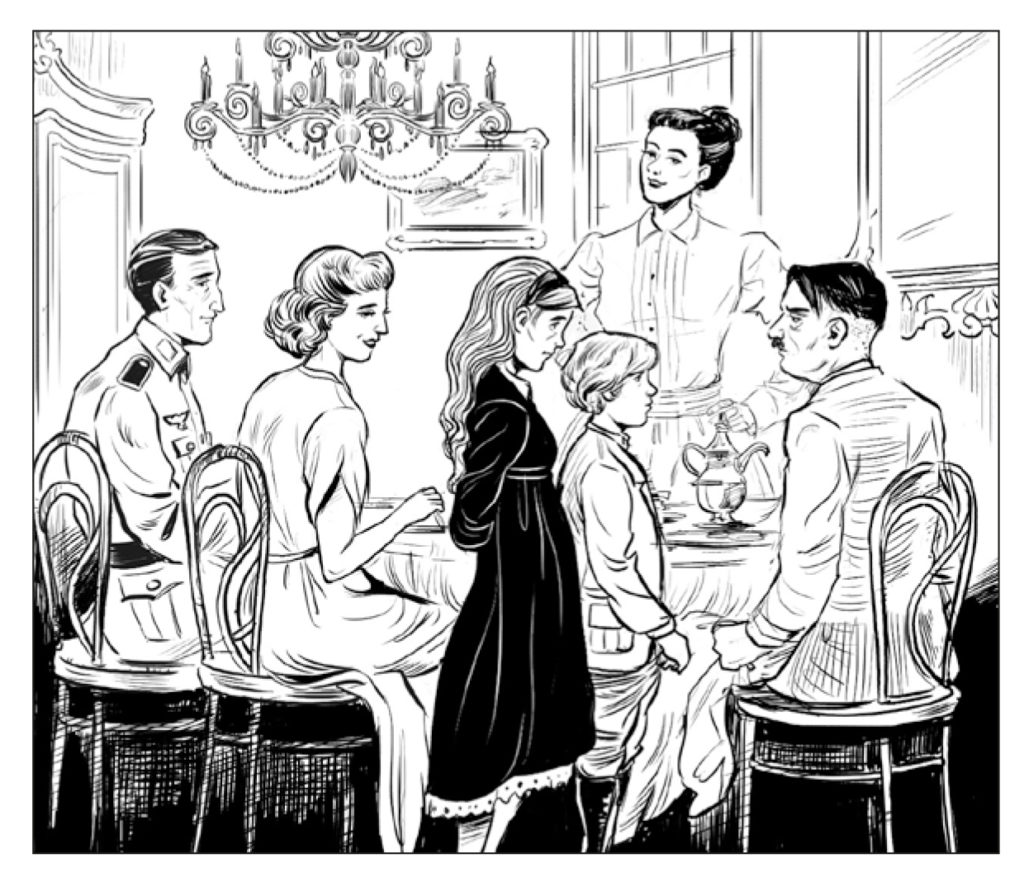
Ask students to look at the picture and recreate the introductions from the scene. Brainstorm language related to introductions and then role-play accordingly.
Activity 2: Observing illustrations
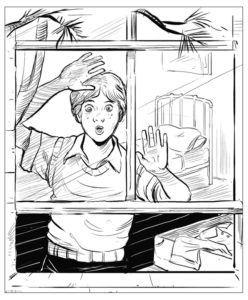
“He could see something that made him feel very cold and very unsafe.”
Ask students to look at the picture and recreate the introductions from the scene. Brainstorm language related to introductions and then role-play accordingly.
Activity 3: Using the blurb

The blurb is such a useful tool for pre-reading tasks, providing a small summary of the content of the book. Use the blurb to see what prior knowledge the students have of the story and also to make predictions and expand on the content.
Example questions:
- Strange camp – What do you think the word strange is referring to?
- What is the significance of the striped pyjamas?
- Can you expand on the blurb to make predictions about the content of the book?
Emma (Level 4)
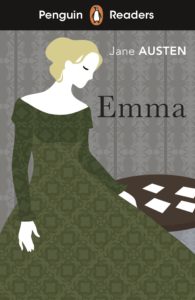
Activity 1: Picture pages
The picture pages are an excellent resource included in all of the Penguin Readers at the front of each book. These pages can be used in a variety of ways. For pre-reading tasks, they can be used to make predictions. Whilst reading, encourage students to build up adjectives for all the characters which can be used for character analysis. Post-reading, it can be a useful consolidation task – what can the students detail about each picture?
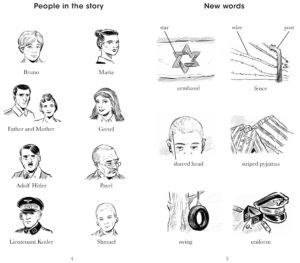
Ask students to look at the pictures of the characters and the new words. Then ask them to make predictions by describing each character. You can then ask learners to use the new words to make further predictions about the story.
Activity 2: Describe and draw
Make it fun! Describe and draw can be a useful way to cater for more visual and tactile learners and bring parts of the book to life. Many of the Penguin Readers have pictures so this activity can be adapted for a range of books.
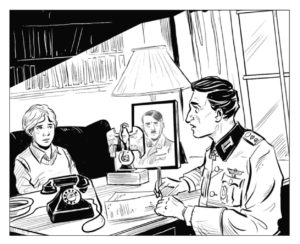
Student 1: Describes the picture in as much detail as possible.
Student 2: Draws based on the oral description from their partner.
Extension Task: Ask your students to come up with some further dialogue based on the picture. What is happening and what do you understand from the picture?

